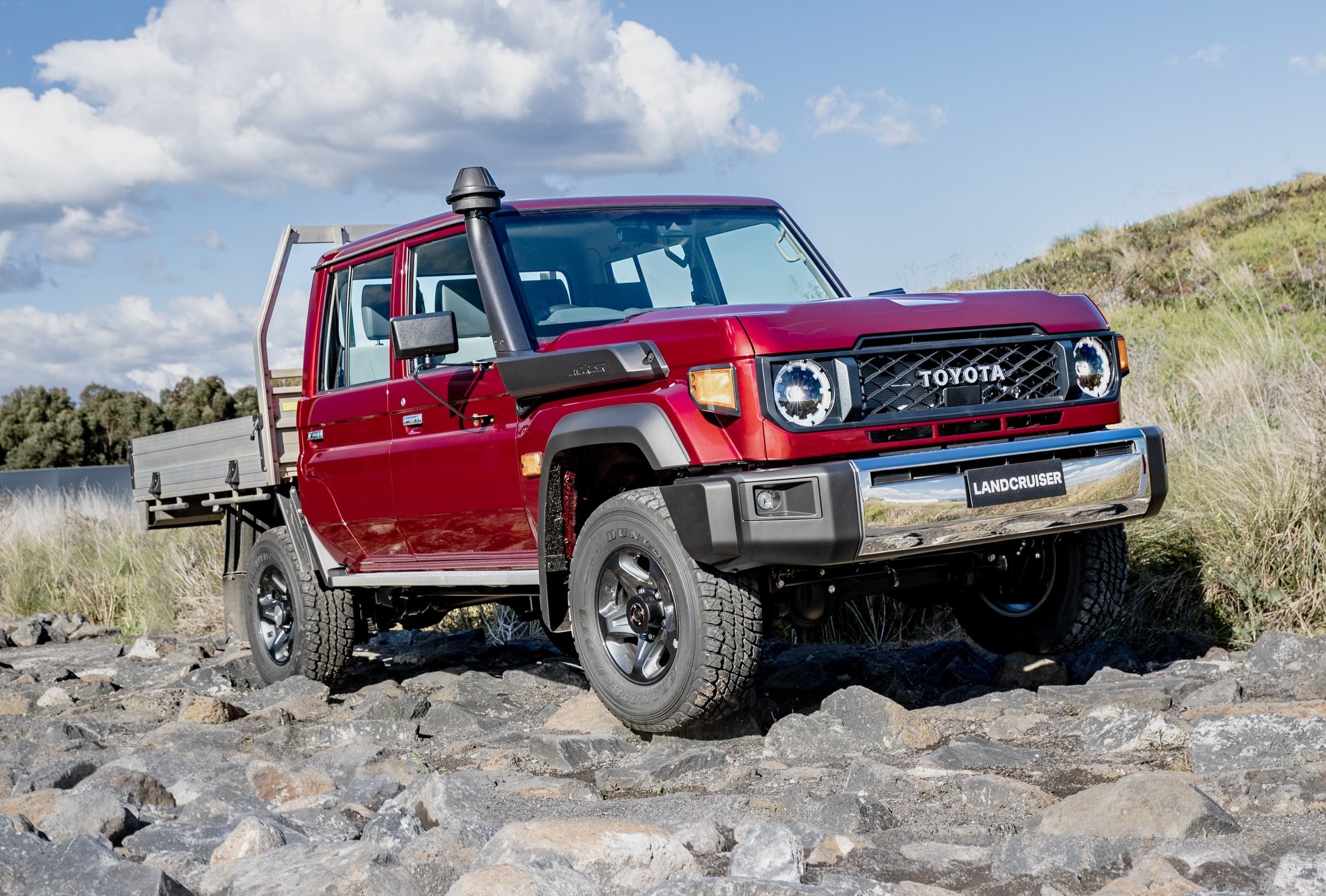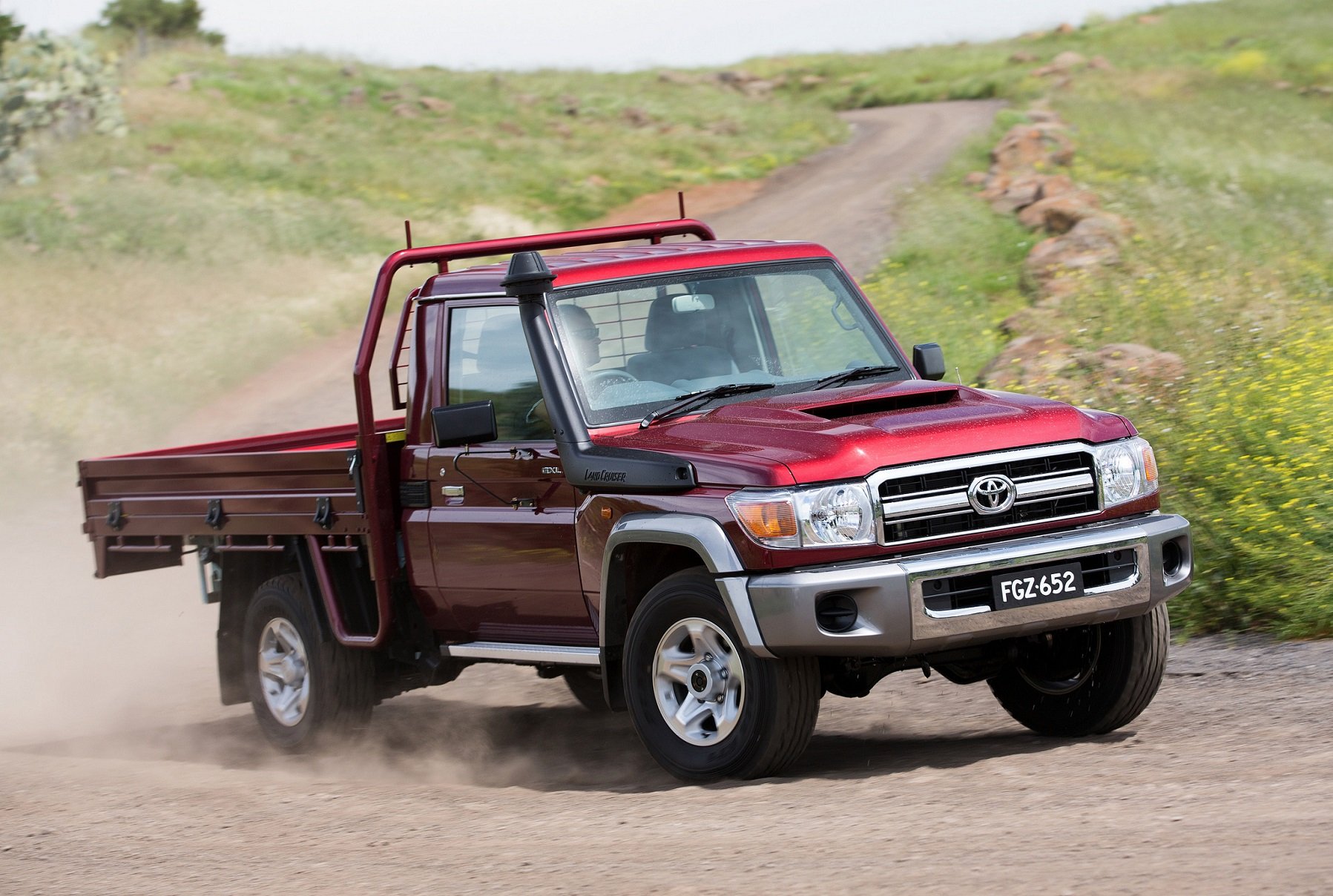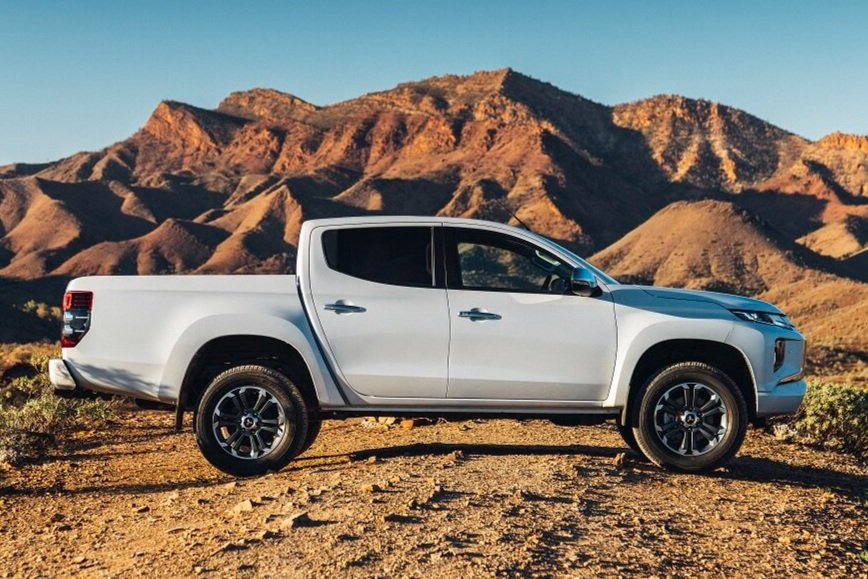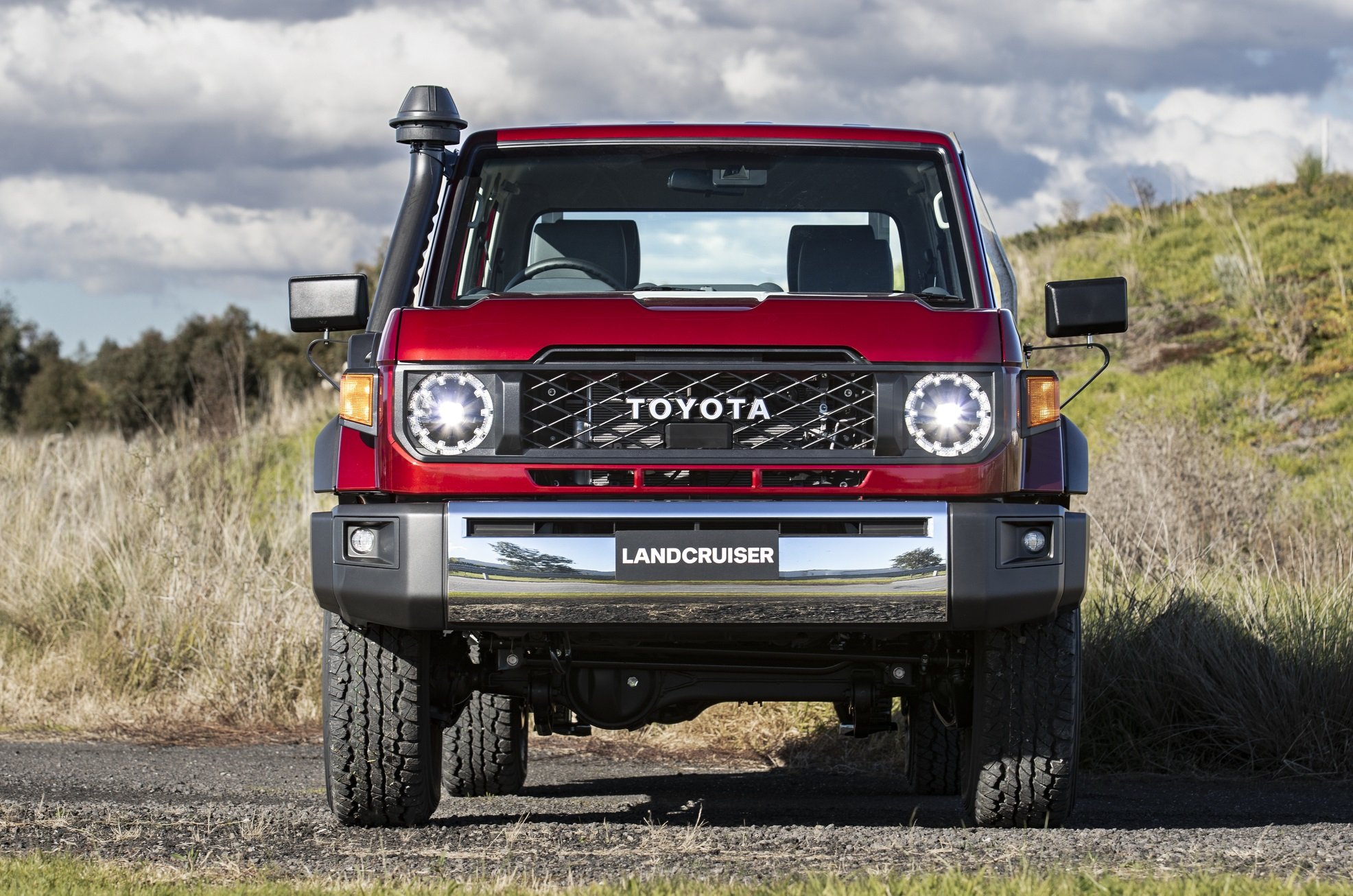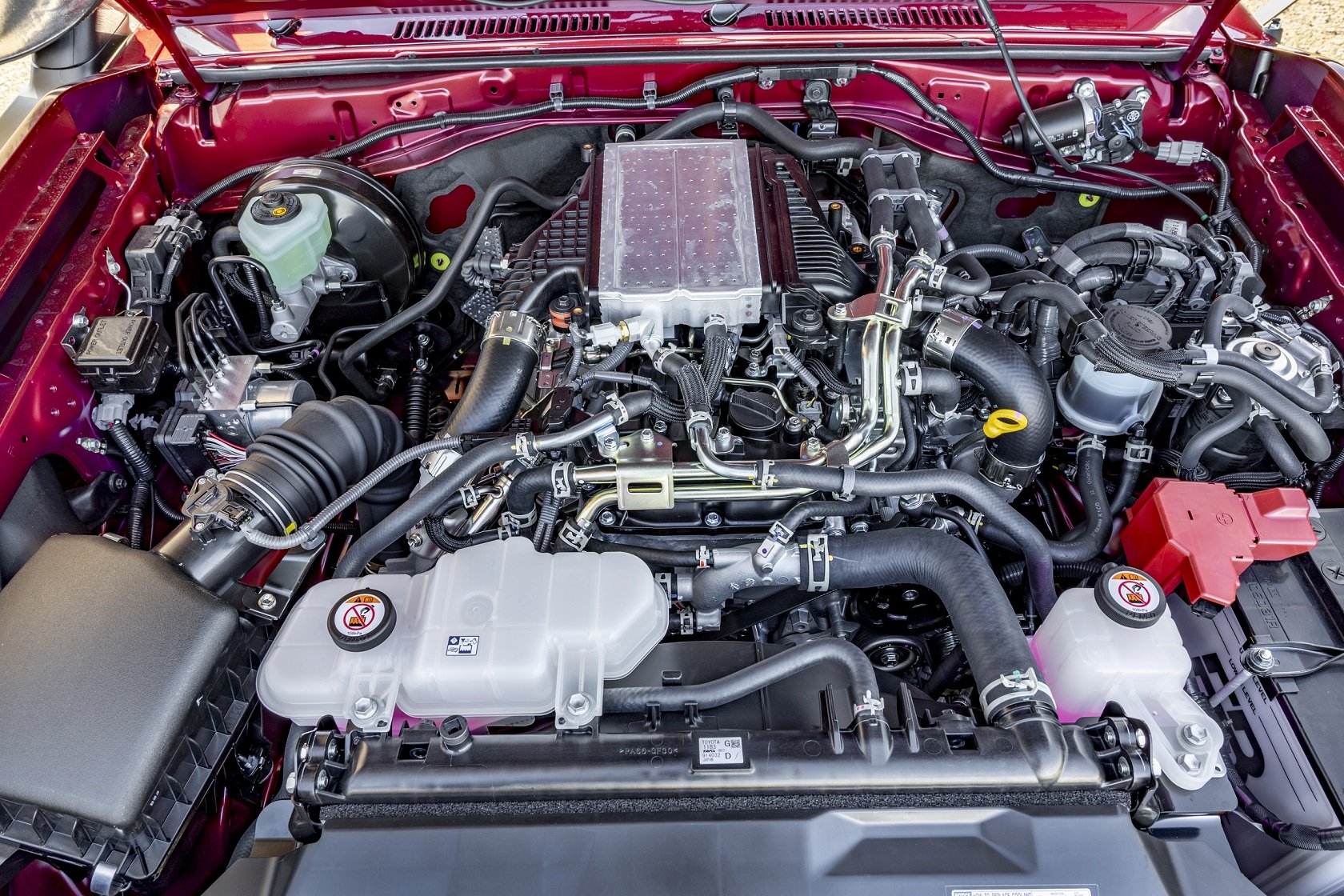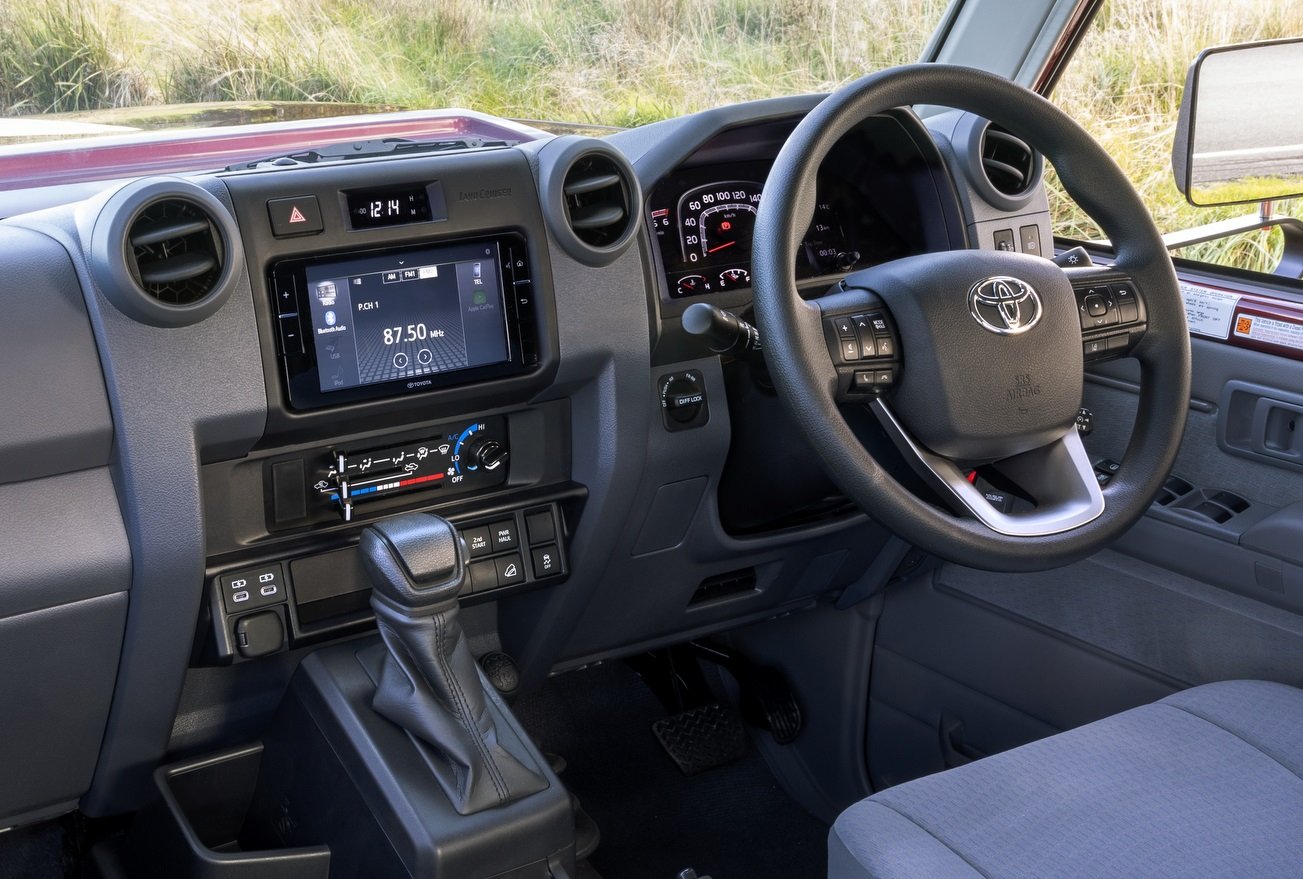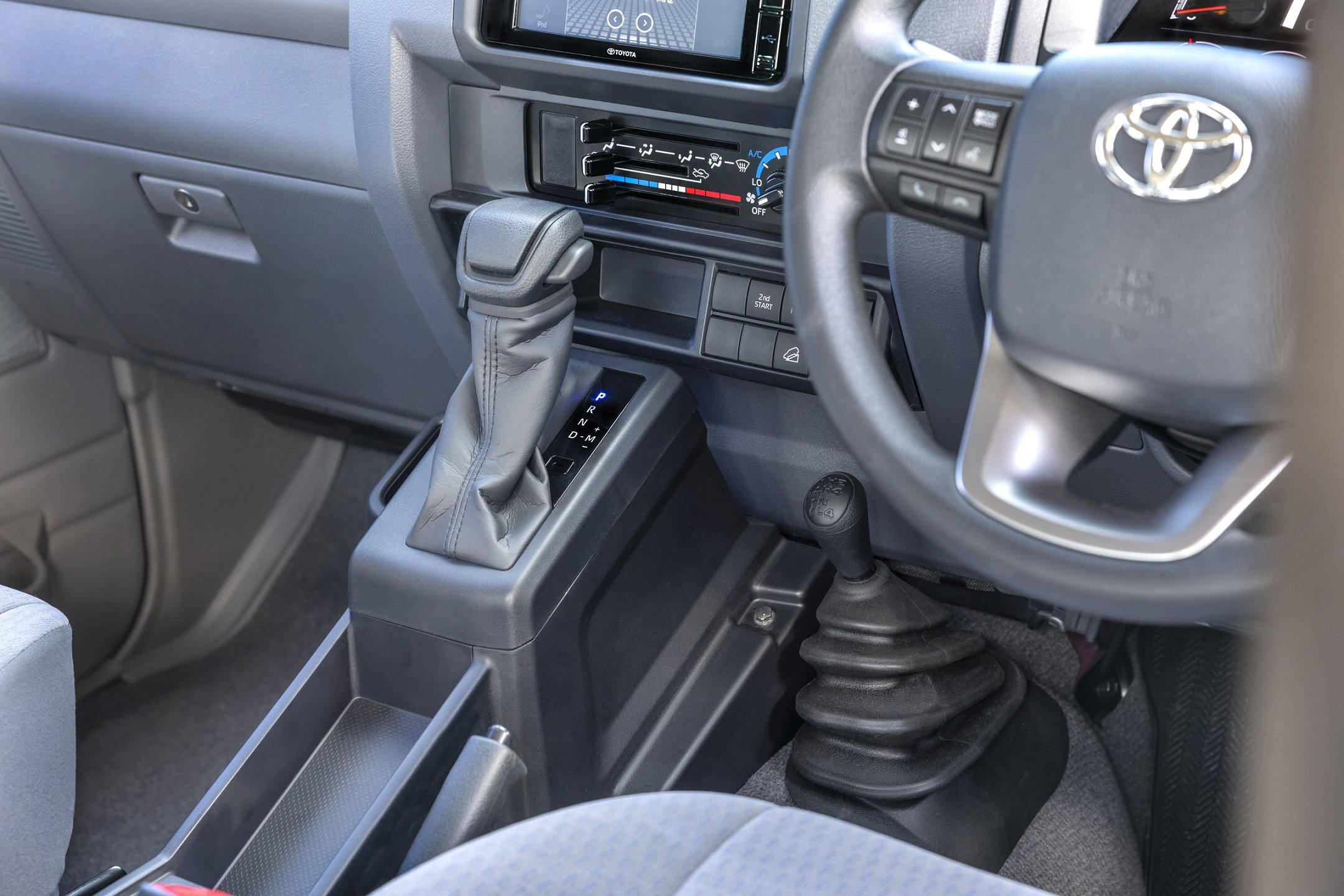Should you buy a runout model or wait for the new one?
Are you considering a new vehicle but can’t decide whether to buy the outgoing model or hold off for the brand new one? What are the compromises with each and how do you decide? Let’s use two popular utes to help you figure it out…
When it comes to physically putting down your own money for a new vehicle, every carmaker wants you to buy the hot new model and pay top-dollar for the privilege.
The majority of new-car buyers encounter this sort of conundrum.
A brand new vehicle model arrives, or is about to arrive, and you’re all excited. But before you reach for the cheque book you think to yourself, ‘Hmm, maybe I should wait and see if there are any teething issues?’ Or maybe you immediately jump to: ‘I need this before my neighbour gets one.’
Of course the other issue is, potentially, do you instead buy one of the outgoing models? After all, the older model has probably been around for a few years and surely most of any such teething issues are ironed out by now?
A great example of this is with the recently-revealed 2024 Toyota LandCruiser 70 Series update and the next-gen 2024 Mitsubishi Triton. Both showcase a brand new engine, or at least a new engine for the nameplate, and both take on a fresh design and come packed with more modern features than their outgoing counterparts.
Should you buy a 2024 Mitsubishi Triton or stick with the outgoing/runout model?
Let’s take a look at the Triton first. It’ll bring in a “newly-developed” platform that’s stronger, supporting a larger body. The platform will also underpin the next-gen Nissan Navara, keeping in mind Mitsubishi Motors is run by the Renault-Nissan Alliance (now Renault-Nissan-Mitsubishi Alliance), with Nissan holding the majority stake (34 per cent) in Mitsubishi Motors.
According to the main press release for the new model, the ladder-frame platform features 65 per cent more cross-sectional area – more metal – so its bending rigidity is up by 60 per cent over the outgoing model. Torsional rigidity is also up 40 per cent. That means it’s stronger overall.
Being more rigid always bodes well for passenger safety during a crash, because the impact energy needs to go somewhere. Where you want it to go is into the sacrificial elements of the vehicle - which is not the passenger compartment; the stronger it is, the better the outcome for you and yours.
However, Mitsubishi claims it has designed the frame to offer improved energy dispersion during a collision.
Is it a lot heavier than the current model? Well, the company says the body, specifically, is lighter thanks to high-tensile steel being used in its construction (1180 MPa). Exact kerb weight figures are yet to be confirmed for the Aussie line-up, though. But you can make an educated guess that is the wheelbase is longer, the vehicle is bigger overall, and it has more equipment, it’s probably going to be heavier. It’s the car industry’s obesity problem.
The new model does come with more advanced safety tech, including adaptive cruise control, autonomous emergency braking, blind-spot and rear cross-traffic warning, and lane-change assist. Models equipped with the Super Select 4WD-II running gear (usually upper-spec models) also introduce Active Yaw Control.
AYC technology operates as a brake-type system, applying light brake pressure to the inside wheel during cornering to help pivot the vehicle. Great in theory but not the most efficient way around a corner – engineering better vehicle dynamics through the suspension geometry and weight management is usually the ideal method.
Speaking of suspension, the 2024 Triton is revised in this area too. The front end incorporates a double-wishbone arrangement (just like a Formula 1 car, and toy remote control cars), with a higher mounting point for the upper arm to increase the compression stroke by 20mm.
At the back, the live axle layout continues but Mitsubishi says the leaf springs are lighter in weight and paired with thicker dampers. This is designed to offer greater ride comfort that also promises to retain strength.
On-road handling is enhanced thanks to the suspension changes and the newly-developed platform, as well as a new electronic power steering system (for variants with the high-output engine). The new Triton should be easier to drive in town while feeling more stable on the highway.
Servicing could potentially be cheaper thanks to easier access to the engine sump drain bolt, and the service hole has been enlarged on 4WD/2WD High Rider models to provide clearer access for garage jacks.
All of these changes, along with a new infotainment system, spiffy accessories, and increased cabin space in some areas mean it is, on paper, a more appealing model than the existing one.
But one thing that usually causes alarm bells to ring with a new generation is a new engine. And this has one. It’s still a 2.4-litre turbo-diesel four-cylinder unit, but the ‘4N16’ introduces a new turbocharger (twin for the top-spec models), a new combustion system, and produces more power and torque.
It is an evolution of the existing 4N15 motor, only it drops electromagnetic solenoid injectors (likely replaced with the more efficient piezo type), and the compression ratio drops from 15.5:1 to 15.2:1. The bore remains at 86mm but the stroke is slightly shorter, at 105mm compared with 105.1mm before. As a result, combustion capacity is down from 2442cc to 2439cc.
Engine tech such as MIVEC valve control, twin camshafts, and variable geometry turbocharging remains, along with common rail fuel delivery. Peak power is spread slightly wider, from 3250-3500rpm instead of just at 3500rpm dead, and maximum torque is spread between 1500-3000rpm instead of peaking at 2500rpm before.
At 150kW and 470Nm, its get-up jumps from 133kW and 430Nm. Against its main rivals, such as the HiLux and Ranger, the new figures are about equal to the segment standards. Torque sits behind some rivals by around 30Nm. The gear ratio count is also down by four compared with the Ranger’s 10-speed mountain bike, but many other competitors also stick with a six-speed.
So, while this engine does feature a new engine code it is not an all-new unit per se. And that can be a good thing as it is merely a revised version of an existing, somewhat tried-and-tested package.
On paper then the 2024 Triton does seem like a more appealing and more wholesome package. Should you upgrade, though? The new model doesn’t change the game in any specific area. It’s not like it introduces portal axles or a hybrid powertrain, for example. It is an evolution of the existing framework.
Safety and efficiency are likely to be improved, and not just on paper. But it is probably going to be a heavier vehicle overall. This could help with towing. The towing capacity ratings are yet to be confirmed, though it seems allowances should increase.
On first impressions, the 2024 Triton is a slightly more attractive buy simply because it is a bit safer, a bit more powerful, and comes with cleverer systems in some specific areas. With all of this, be prepared to pay a higher price.
Our recommendation is to buy the existing model for now, because you’re more likely to snap up a decent run-out deal and have stronger bargaining power due to the imminent new arrival. Then you can wait to see how the new engine, albeit revised rather than all-new, shapes up once the guinea pigs run it in.
Should you order a 2024 LandCrusier 70 Series or stick with the existing V8 model?
As for the 2024 LandCruiser 70 Series? This is also a revised version of an existing formula. A major change does come in though, with the introduction of the 2.8-litre turbo-diesel four-cylinder engine option and an automatic transmission.
Check out Why LandCruiser Troopy V8 fuel consumption is so bad >> for more about that big old guzzler V8 against the Prado 2.8 diesel.
If you’ve been waiting for an automatic 70 Series to come along, then yes, it is worth putting your name down for the new model – automatic conversions through aftermarket services are very expensive for the existing V8.
The 2024 model rides on the same platform and is largely unchanged inside. So nothing drastically appealing should draw you in here. Toyota has switched to USB-C ports inside, and Android Auto and Apple CarPlay are added for the 6.7-inch touch-screen.
Safety tech changes mean the new model should keep you alive for longer, with road-sign recognition and lane-departure alert coming in. Again though, this stuff is not ground-breaking in the greater scheme of the new vehicle market, but it is good to see the old girl stepping up.
The waiting list for the 70 Series is already very long, so our recommendation is, if you really want a 70 Series for whatever reason, just get on the list. Any list. That is unless you’ve always wanted one but you’ve been turned off by its manual-only transmission. If that’s the case, then yes, you’ll need to get onto the new model and its auto option.
Another potential deal-maker or breaker is the fact that Toyota is removing the V8 engine option from the entry WorkMate trim levels. If you require or desire the WorkMate with the manual V8 then you’ll need to try and snag one of the outgoing versions.




